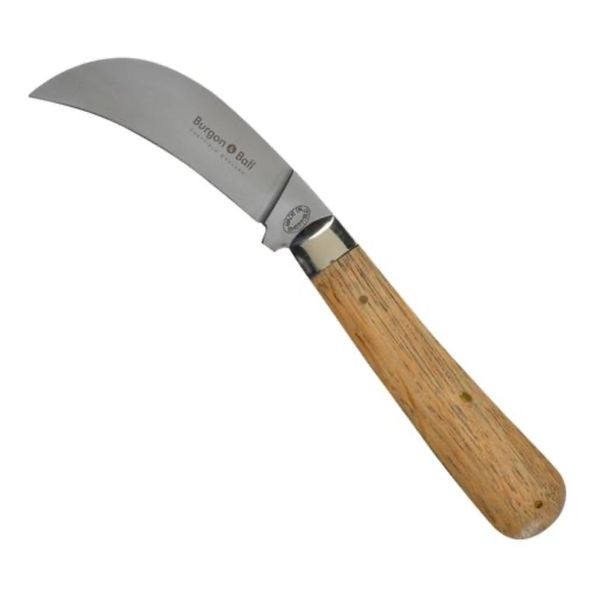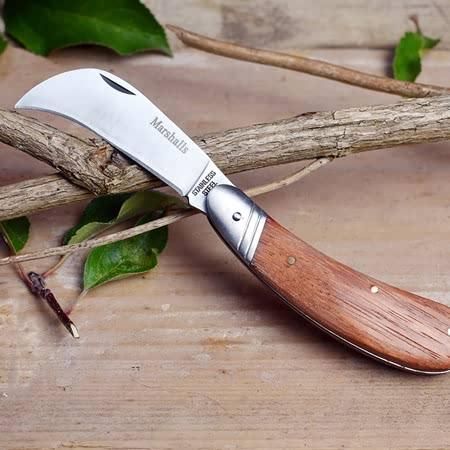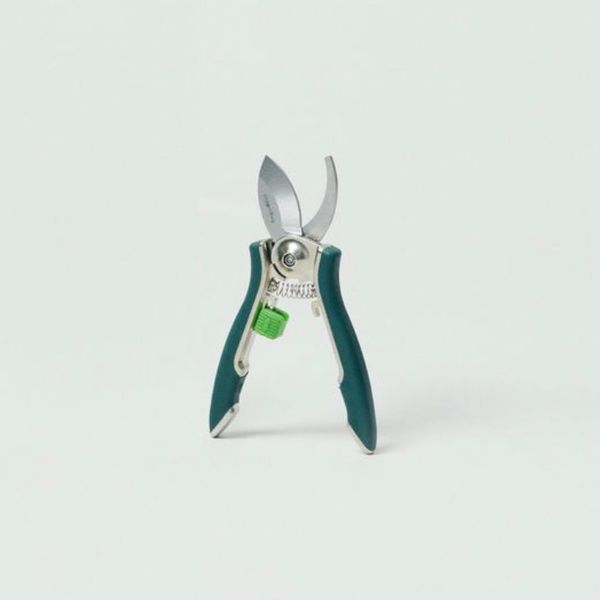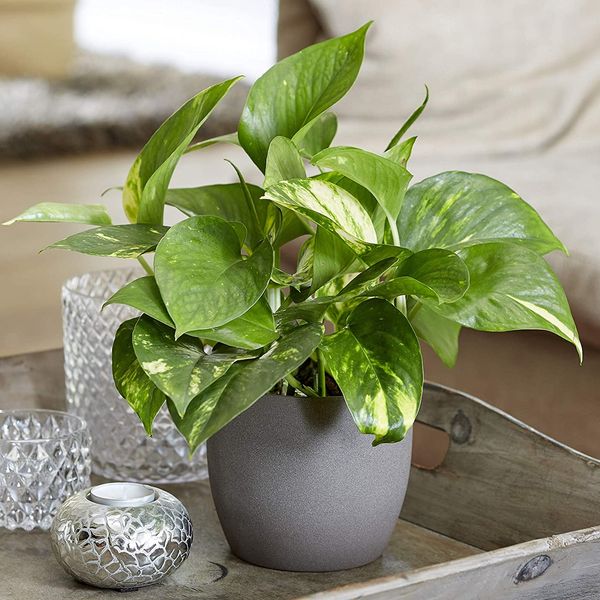
Pruning can sound like a daunting, tool-filled task, but it’s actually easy when you know how. Take our recently acquired bargain of a rubber tree (Ficus elastica). I picked it up from a local swap-and-sell site last September as the ideal specimen for our bathroom. It’s impressively statuesque, and once I gave it a prepurchase once-over for signs of ill health, it was swiftly adopted. It’s now clear, however, that it could do with a bit of future proofing, including removing discoloured leaves and directing away from lopsided growth.
In this case, I’m going to remove browning leaves plus extra shoots near soil level now (technically, this can also be done at any time of year) and leave any major cuts until spring. In both cases, I’ll be using an RHS-endorsed, wood-handled, high-carbon-steel classic pruning knife with a pronounced curve to ensure each cut is completed in one pass — a sound investment for long-term pruning or propagating.
Using sterilised tools to avoid cross-infection from other plants, I’ll remove leaves with stem intact to leave a clean branch or main stem. In March at the beginning of its growing season — when longer daylight can help stimulate recovery — I’ll then move onto any straggly branches, cutting straight across just above a node, two to three centimeters above where the leaf or stem joins the branch. It will then grow two or more new branches from the next node down. To avoid stains or harm from toxic sap, I’ll also be wearing hard-wearing work gloves and have a couple of rags to hand with which to stem any wounds.
Bearing this in mind, I like to stand back to assess the shape and symmetry and probably cut a couple of branches off at different lengths for the fullest shape, plus the weakest of any crossing branches. The advice is to not remove more than one-third or five to six of the total living branches (it takes a while for them to grow back) and not too much foliage. By the looks of it, my rubber tree has already been topped or branched out, which means the main central stem has been sheared off, preventing any further vertical shoots. Good news, as this stops it getting any taller and hitting the ceiling.
All these pruning methods can be applied to common houseplants such as weeping figs (Ficus benjamina), fiddle-leaf figs (Ficus lyrata), and jade plants (Crassula ovata). Avoid pruning palms, excepting dead-leaf removal, as this can kill them. Fast-growing vines such as species of golden pothos (Epipremnum aureum) or sweetheart plant (Philodendron scandens) can be pruned vine by vine, just above stem or leaf nodes, or cut right back to almost soil-level for a full replenish — they’ll soon grow back again. You can also pinch out leaves to keep a check on intrepid stems. For flowering plants, prune when the blooming season is over so as not to impede any budding stems. And as a fun foray into propagation, stick any healthy shoots into jars of water and watch them root into new plants.
The Strategist UK is designed to surface the most useful, expert recommendations for things to buy across the vast e-commerce landscape. Read about who we are and what we do here. Our editors update links when possible, but note that deals can expire and all prices are subject to change.



